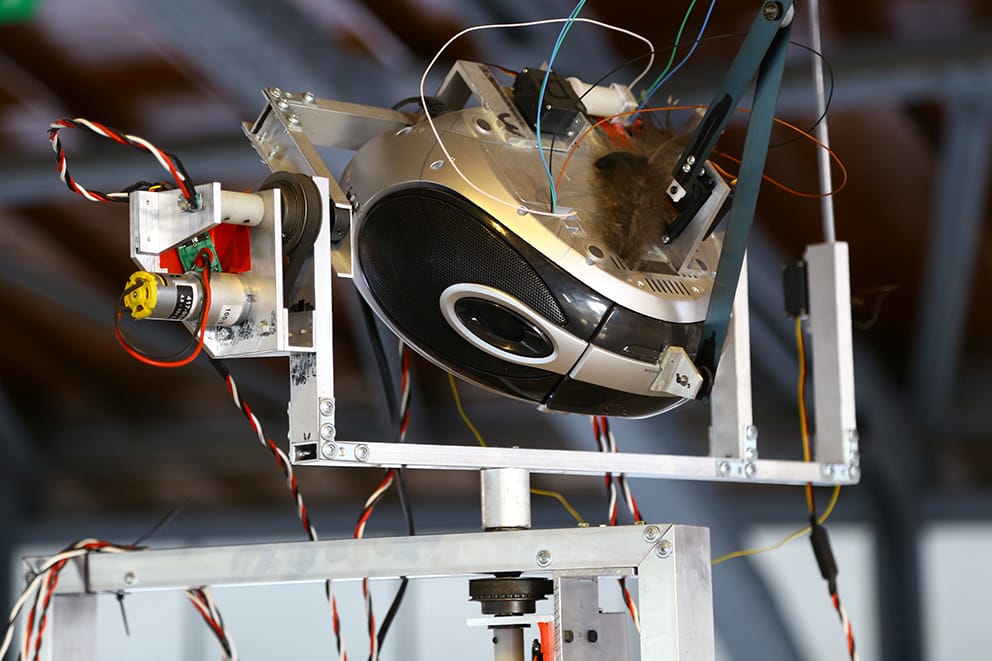
Canal Projects has invited Indigenous Mexican artist Fernando Palma Rodríguez for a solo exhibition where he will present his latest installation titled Āmantẽcoyõtl. The artist has combined his knowledge of mechanical engineering with his artistic training to lay out a narrative that is deeply connected to the soil of his native Milpa Alta and its agricultural traditions.
Visitors to the exhibition will enter a maze that is meant to emulate the corn fields that grow on the slopes of the Teuhtli Volcano near Milpa Alta. Flanking this maze are robotic statues that evoke three seminal deities from the Nahuatl pantheon: Cincoatl, Huehuecoyotl, and Tezcatlipoca. Cincoatl takes on the form of a large pine snake, suspended above the cornfield; it was traditional for Nahua farmers to encourage them to roam through the maize crops as a form of pest control. Huehuecoyotl (Old Coyote) is the god of music, dance, mischief and song, traditionally perceived as a trickster who can navigate through the worlds of the living and the dead. Tezcatlipoca (Smoking Mirror) manifests himself most frequently as that most fearsome of Central American predators: the jaguar.
Palma Rodríguez takes the technological trappings of the modern era and reshapes them into potent representations of the Indigenous Mexican worldview, imbuing them with a sacral spirit. These sculptures are activated through climate data from the Milpa Alta region that is sourced from the internet. They represent a poignant response to the difficulties which Indigenous communities encounter in Mexico in their struggle to safeguard and revive traditional modes of living that are inseparable from the land. Through this new installation, Palma Rodríguez also calls our attention to the environmental depredations that Indigenous lands have borne as a consequence of Mexico joining NAFTA in 1994.
Palma Rodríguez had his work featured most recently at the San Francisco Museum of Modern Art, Museo Amparo in Puebla, and the National Museum of Mexican Art in Chicago. The exhibition Āmantẽcoyõtl runs from May 3rd through July 27th, 2024. For more information visit the Canal Projects site and Instagram.
